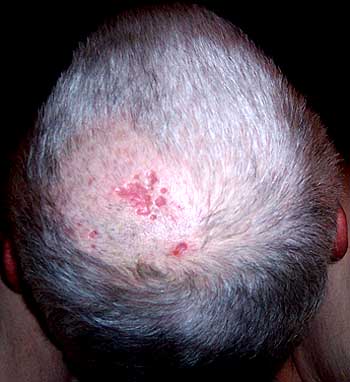
And you can guess what happened next.
Mrs. Zlotkus was seen by a young and inexperienced neurologist who insisted on giving her a very tiny dose of the nerve medicine (it has an excellent safety profile even at very high doses). Of course, it didn’t help. She was given 100mg twice a day (where shingles sufferers often need as much as 1800mg/day) with instructions to return in a few weeks. The doctor also told her that she “couldn’t be sure the pain was due to shingles since she hadn’t seen the original rash.”
That’s like an ER physician saying to a trauma victim that they can’t be sure of the cause of the injuries because they didn’t witness the car accident.
At that point I instructed her to find an experienced pain management specialist who’d know how to titrate her medication appropriately – and who might even be able to do a nerve block to get her some immediate pain relief.
Luckily, Mrs. Zlotkus “knew somebody who knew somebody” and was able to make an appointment the next day with a senior anesthesiologist experienced in nerve blocks. The pain management physician knew just what to do, administered the nerve block, increased her medication dose, and sent her on her way. She experienced immediate relief of her symptoms and felt like a new woman.
If Mrs. Zlotkus had gone directly to the anesthesiologist in the first place, she might have saved herself months of agony and a $10,000+ bill to Medicare. (Better yet she would have gone to her PCP when she first noticed scabs on her scalp and he would have prescribed an anti-viral medicine that could have aborted the entire pain syndrome.) But how was she to know which provider was right for her? How could she know that her neurologist was prescribing her the wrong dose of pain medication, and that a nerve block might solve all of this nicely. Without the correct diagnosis, a cascade of wasted resources and personal suffering ensued. Without me nudging her in the right treatment direction – perhaps she’d still be doing neck stretching exercises in physical therapy?
I am a fan of the “medical home” concept as described by the AAFP and wonder if it could have made a difference in Mrs. Zlotkus’ care:
“In this new model, the traditional doctor’s office is transformed into the central point for Americans to organize and coordinate their health care, based on their needs and priorities. At its core is an ongoing partnership between each person and a specially trained primary care physician. This new model provides modern conveniences, like e-mail communication and same-day appointments; quality ratings and pricing information; and secure online tools to help consumers manage their health information, review the latest medical findings and make informed decisions.
Consumers receive reminders about necessary appointments and screenings, as well as other support to help them and their families manage chronic conditions such as diabetes or heart disease. The primary care physician helps each person assemble a team when he or she needs specialists and other health care providers such as nutritionists and physical trainers. The consumer decides who is on his or her team, and the primary care physician makes sure they are working together to meet all of the patient’s needs in an integrated, ‘whole person’ fashion.”
In summary, there’s a lot of waste in our medical system caused by a lack of coordination of care, hasty diagnoses, and defensive medicine. Even the most common diagnoses (like shingles) can end up setting off a chain reaction of over testing, incorrect treatment and personal suffering. We need an “OnStar” system for healthcare – a way to help patients navigate their way to the right care at the right time. The medical home model is as good a GPS system as any… so long as the primary care physician at the center of the coordination of care is not so rushed that she can’t do her job properly. And that’s the secret to making the medical home work – giving the doctor enough time to unravel the problems at hand and figure out the best next steps in care. If we get this right, we can probably say goodbye to CT scans for shingles.
No comments:
Post a Comment